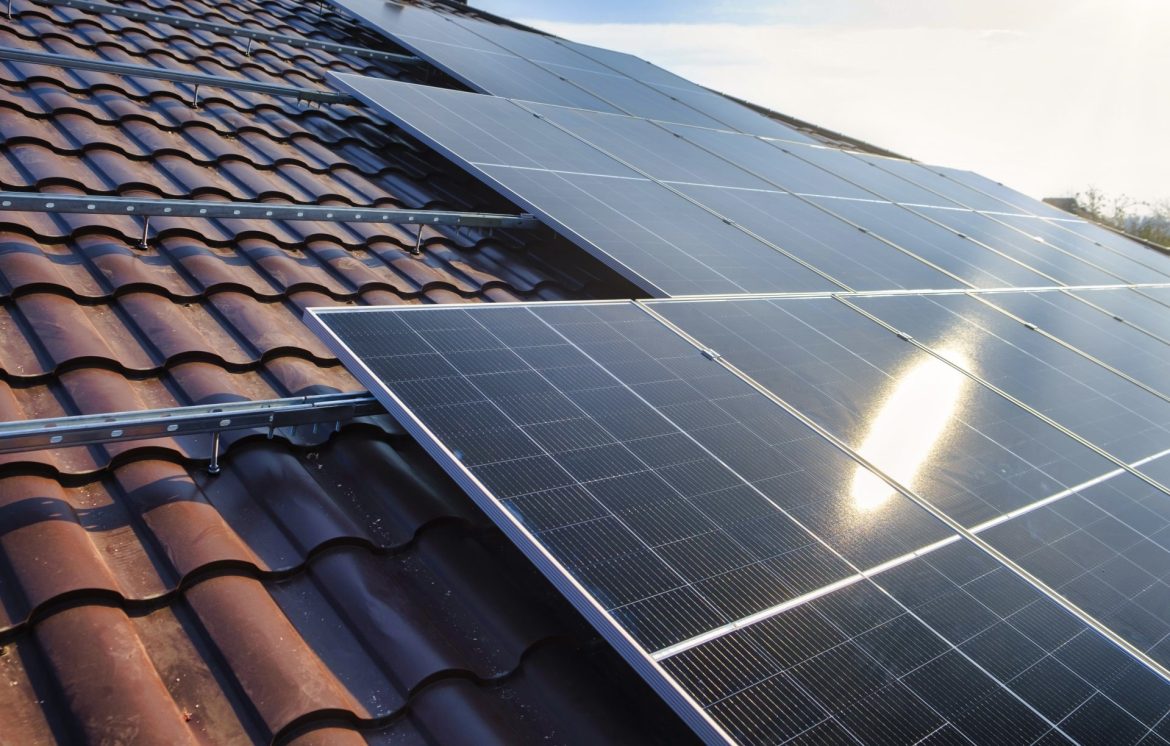Key Points
- Solar projects rapidly expand across Sub-Saharan Africa.
- Costs drop, making solar affordable and scalable.
- Solar bridges energy gaps, boosts local economies.
The drive for renewable energy in Sub-Saharan Africa is accelerating as countries seek sustainable solutions to meet surging electricity demand, fueled by urban growth, population increases, and economic expansion.
Solar energy is rapidly becoming a cornerstone of affordable power in Africa, projected to supply 15 percent of the continent’s electricity by 2030 and an impressive 30 percent by 2040. This growth is fueled by falling installation costs, making solar both accessible and scalable across the region.
Sub-Saharan Africa hits solar project milestone
In June 2021, the region reached an unprecedented milestone with 1.88 gigawatts (GW) of large-scale solar projects under development. Although South Africa has traditionally led solar adoption, nations such as Zimbabwe, Zambia, the Democratic Republic of Congo, Angola, Namibia, Ethiopia, Botswana, and Nigeria are all projected to exceed 1 GW of solar capacity soon.
Currently, over 1,000 solar installations are operational, and more than 7,600 projects are in various stages of development.
Significant recent investments underscore solar’s expanding footprint. South Africa launched a groundbreaking 540 MW solar PV project with 1,140 MWh of battery storage in 2021, awarded to Norway’s Scatec.
The project, part of South Africa’s Risk Mitigation initiative, addresses ongoing power shortages by delivering renewable, dispatchable energy. Similarly, Zambia is advancing its solar agenda with a 200 MW PV plant in Serenje, set to connect to the grid by 2023.
Solar energy bridges Africa’s electricity access gap
The urgent need for electricity access in sub-Saharan Africa, where nearly half the population lacks power, drives the solar sector’s growth. This deficit limits daily activities, stifles economic progress, and restricts access to essential services like education and healthcare.
With climate change intensifying these challenges, solar power offers a transformative, sustainable solution. The region’s abundant sunlight and technological advancements position solar energy to bridge the energy gap, supporting both development and resilience.
Solar home systems are already transforming households: between 2011 and 2015, pico-solar product sales skyrocketed from less than half a million to 11.3 million, with Sub-Saharan Africa now representing 70 percent of global sales. Markets in Kenya, Ethiopia, Uganda, and Nigeria lead this off-grid solar market, which has attracted significant investment.
Solar expansion has piqued investor interest worldwide. Royal Dutch Shell invested in SolarNow in 2017, supporting solar home systems in Uganda and Kenya.
The European Investment Bank followed with a $25 million deal for d.light in 2018, and Japan’s Mitsubishi Corporation joined a $50 million funding round for BBOXX, a provider of pay-as-you-go solar solutions, in 2019. That same year, Marubeni Corporation invested $26 million in Azuri Technologies, highlighting growing investor confidence in the sector’s promise.
Drivers of solar energy growth
Sub-Saharan Africa’s solar expansion is driven by several factors. The cost of solar panels has dropped by roughly 70% from 2010 to 2020, according to the International Renewable Energy Agency (IRENA), making solar technology increasingly affordable.
Rising demand for reliable, affordable power also supports solar’s appeal, especially in off-grid areas where governments offer tax breaks and feed-in tariffs to attract developers. Furthermore, international financing—estimated at over $10 billion between 2020 and 2025 by the African Development Bank—catalyzes solar infrastructure development across the region.
Showcasing solar success
Several solar projects highlight the transformative impact of renewable energy in Sub-Saharan Africa. South Africa’s Renewable Energy Independent Power Producer Procurement Programme (REIPPPP) has successfully attracted $10 billion in investments, creating roughly 2,000 MW of solar capacity.
This initiative sets a model for public-private partnerships in renewables, inspiring other nations to consider similar approaches. Kenya’s Lake Turkana Wind Power Project, a hybrid wind-solar initiative generating 300 MW of clean energy, represents another success.
Backed by a $700 million investment, it now meets a substantial portion of Kenya’s energy needs. Ghana, too, has advanced in solar energy with a 100 MW project supported by $200 million, delivering electricity to rural communities and highlighting solar’s potential for regional growth.
Opportunities and challenges in solar expansion
Solar energy presents numerous advantages, especially for rural communities traditionally relying on costly, inconsistent sources. Solar power supports local job creation, contributing to economic development in areas with high unemployment, and offers a carbon-free alternative critical for climate resilience.
However, the sector also faces challenges, such as limited grid capacity and transmission infrastructure that can hinder distribution. Additionally, financing remains a significant barrier for smaller developers, and regulatory frameworks across some nations need harmonizing to encourage investor confidence. Addressing these issues is essential to maximize solar’s impact across the region.
Real-world impact and community empowerment
In practical terms, solar power is already transforming lives across Sub-Saharan Africa. For example, in rural Kenya, solar-powered mini-grids provide households and small businesses with reliable electricity, supporting economic activities and improving quality of life.
In South Africa, more businesses are adopting rooftop solar to reduce energy costs and mitigate load-shedding effects. Likewise, solar-powered irrigation in Ghana helps farmers increase crop yields through consistent, affordable water access. These real-world applications demonstrate how solar technology empowers communities, sustains businesses, and supports sustainable development across Africa.
Solar potential and future prospects
The potential for solar in sub-Saharan Africa is immense. IRENA estimates the region could generate up to 10 terawatts (TW) of solar power. With adoption rates expected to exceed 20 percent annually through 2025, as projected by the International Energy Agency (IEA), solar could reshape Africa’s energy landscape.
However, only 44 percent of the region currently has electricity access, highlighting the importance of initiatives like the African Union’s goal for renewables to comprise over 30 percent of the energy mix by 2030.
With sufficient support, solar energy could redefine Africa’s energy future, addressing energy poverty and promoting sustainable economic growth.



